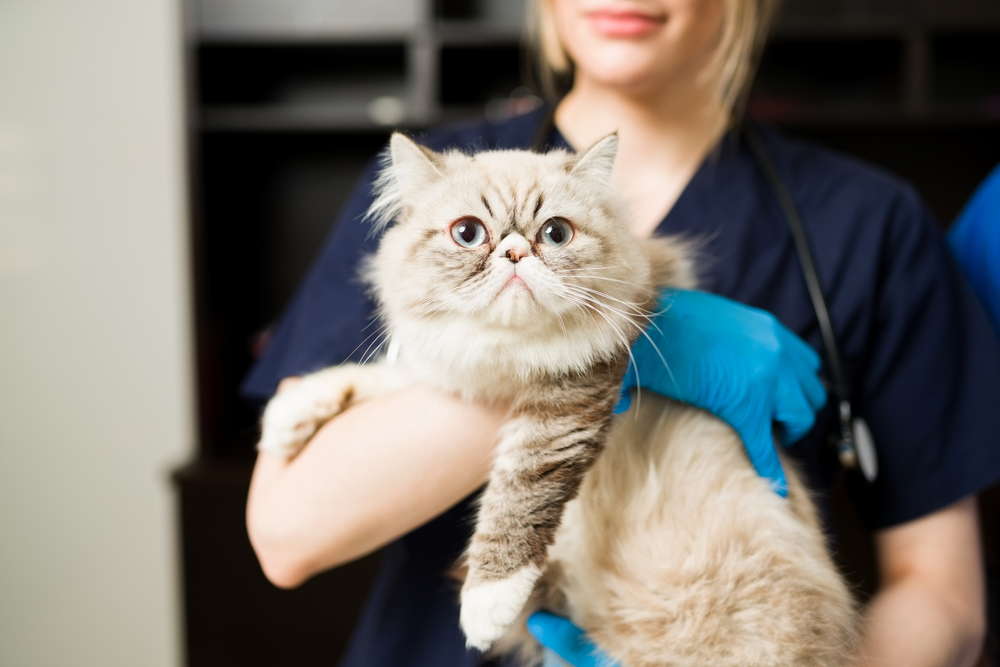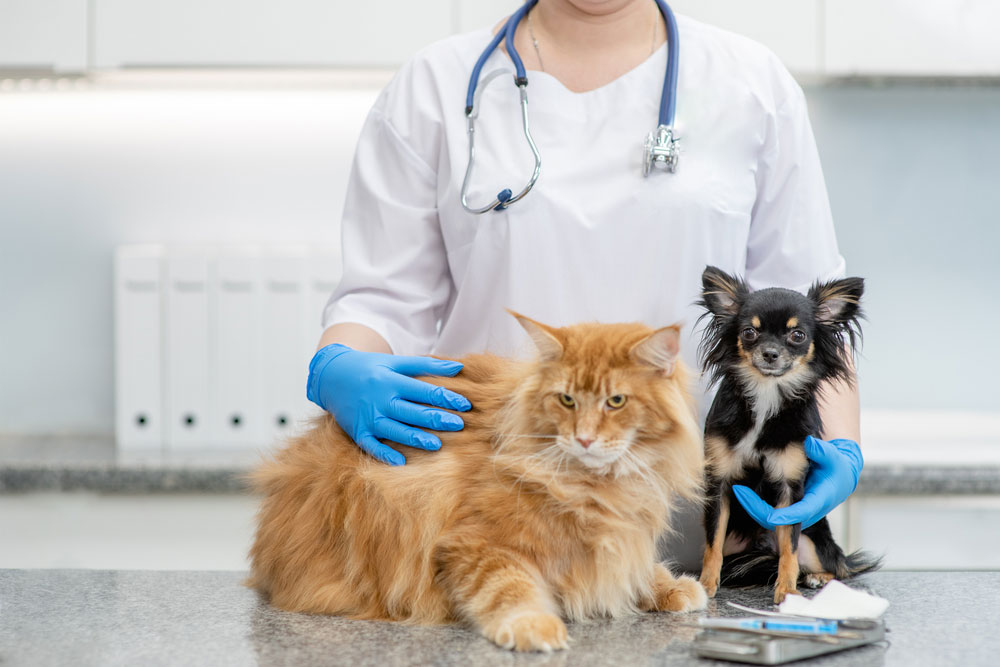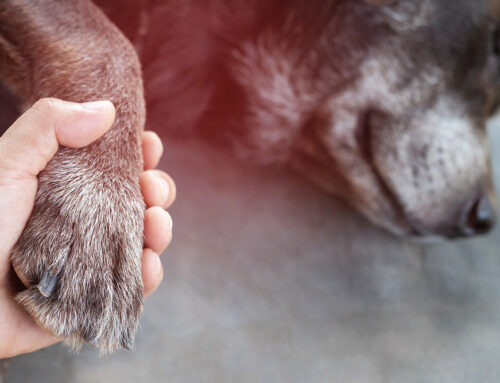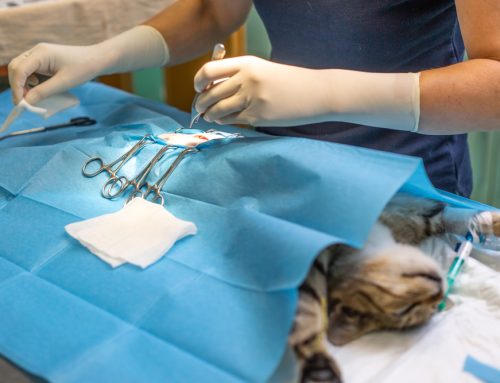In Case of Emergency: A Practical Guide for Pet Owners
At Sixes Animal Hospital at BridgeMill, we know just how fast a normal day can turn into a crisis when it comes to your pet’s health. One moment, your dog is playing fetch like always. The next, they’re struggling to breathe. Or your cat, usually just standoffish, is suddenly hiding, panting, and completely unlike herself.
When emergencies happen, every second feels like a decision. That’s why being prepared—not panicked—can make all the difference. In this guide, we’ll walk you through how to assess your pet’s condition at home, what signs warrant immediate attention, and how to be ready if the unthinkable happens.
What Is an Emergency Physical Exam (and Why Does It Help)?
While no home exam can replace veterinary expertise, a quick physical assessment can help you understand whether your pet’s symptoms are minor, urgent, or critical. It also gives your vet valuable information before or during your visit.
The goal isn’t to diagnose. It’s to observe. By noting breathing patterns, gum color, response to your voice, and more, you can pick up on silent distress that your pet may be trying to hide.
It also gives you a sense of agency in a scary moment. Even a simple observation—like pale gums or a distended belly—can help your vet triage faster and start the right treatment immediately.
Why Fast Action Saves Lives
Accidents, such as being hit by a car or taking a tumble down the stairs, often lead to internal trauma or bleeding. Other emergencies stem from sudden medical conditions, like seizures, bloat, or diabetic crises. Then there’s the stealthy threat of toxic ingestion- like dogs eating chocolate, xylitol, grapes, or prescription meds. Cats may nibble on lilies or walk through cleaners. These exposures happen fast and escalate even faster.
In many emergencies, speed is critical. Whether it’s bleeding, bloat, or breathing problems, minutes matter. The earlier your pet receives treatment, the better the chances for a good outcome—and often, the lower the cost and complexity of care.
Many conditions—like urinary blockages, internal bleeding, or toxin exposure—can worsen dramatically within hours. A pet who seems only slightly off may be in the early stages of something far more dangerous.
Knowing how to assess vital signs gives you a head start. And when you call or arrive at the vet, your observations help us act faster and more effectively.
Red Flags: When Your Pet’s Telling You Something’s Wrong
Pets are experts at hiding pain, but some signs should never be ignored. If you notice labored or open-mouth breathing (especially in cats), pale or blue gums, confusion, collapse, or sudden changes in personality—those are all serious warning signs.
Bleeding, visible injuries, or distended bellies in large dogs should be treated as emergencies. Don’t wait and see. Bring them in immediately.
More about respiratory symptoms: Respiratory Distress in Pets – AAHA
How to Perform a Quick Emergency Exam at Home
If your pet suddenly seems “off,” take a few minutes to check the following:
- Responsiveness: Say their name. Do they look at you? Can they stand?
- Breathing: Watch the chest rise and fall. Is it labored, shallow, or noisy?
- Gum Color: Healthy gums are pink and moist. Pale, bright red, or blue gums suggest trouble.
- Capillary Refill Time: Press a finger to the gums and release. Color should return in under 2 seconds.
- Temperature: Use a digital rectal thermometer. 101°F–102.5°F is normal.
- Abdomen: Gently press on the belly. A bloated, tense, or painful abdomen can signal a major problem.
- Limbs and Spine: Feel for swelling, wounds, or pain.
- Skin Elasticity: Gently pinch the scruff. If the skin doesn’t snap back quickly, your pet may be dehydrated.
Keep a flashlight and your phone nearby for better visibility and to take photos if needed. These can be helpful to show your veterinarian.
Signs That Mean Go—No Questions Asked
Some signs require immediate emergency care. Don’t wait to call. Just come in.
| Emergency Symptom | Possible Concern |
| Struggling to breathe | Airway blockage, fluid in lungs, heart failure |
| Non-stop bleeding | Internal injury or trauma |
| Bloated abdomen | Gastric torsion (especially in large dogs) |
| Seizures or fainting | Neurologic issue, poisoning, or blood sugar drop |
| Ingested toxin | Poisoning or overdose |
| No urination | Blocked bladder, especially in male cats |
Reference: 13 Pet Emergencies – AVMA
What You Can Do While You’re Getting to the Vet
Sometimes the drive to the clinic feels like the longest part. Here’s what you can do to help in the meantime:
- Bleeding? Apply gentle but firm pressure using clean cloth or gauze.
- Choking? Try dog Heimlich techniques from the AKC.
- Unconscious? Review the Cornell Pet CPR guide. Chest compressions and mouth-to-snout breathing can make a difference.
- If you suspect poisoning, keep ASPCA Poison Control on speed dial- call them right away.
Don’t forget your own safety—scared pets may bite or struggle. If your pet is panicking or in pain, use towels or leashes to gently restrain as needed.
Want to be better prepared? The Red Cross Pet First Aid course is an excellent way to build your confidence.
What Happens When You Arrive at the Clinic
When you arrive at Sixes Animal Hospital for an emergency, our team moves quickly. We start with triage—checking vitals, assessing visible injuries, and determining immediate needs. In many cases, we begin pain control or stabilization right away.
We may perform imaging, run bloodwork, or place IV catheters depending on the severity of the situation. Throughout it all, our team will stay in close communication with you, making sure you understand the options and feel supported every step of the way.
Some pets are treated and go home the same day. Others may need to stay for additional care. Whatever the situation, our focus is always on fast relief, accurate answers, and compassionate care.

You’re Not Alone—We’re Here to Help
Pet emergencies are scary, but you don’t have to face them alone. At Sixes Animal Hospital, we’re your partner in urgent care—offering calm, compassion, and clinical expertise. We take emergencies and urgent care cases on a walk-in basis during our regular open hours; after hours, please go to your nearest emergency hospital.
Whether you’re calling with a question or rushing through our doors, we’ll be ready. Contact us or schedule an appointment anytime you’re unsure what to do. You’re your pet’s voice. We’re here to listen—and act.






Leave A Comment